The Advantages and Applications of Thermal Labels: Revolutionizing the Labeling Industry
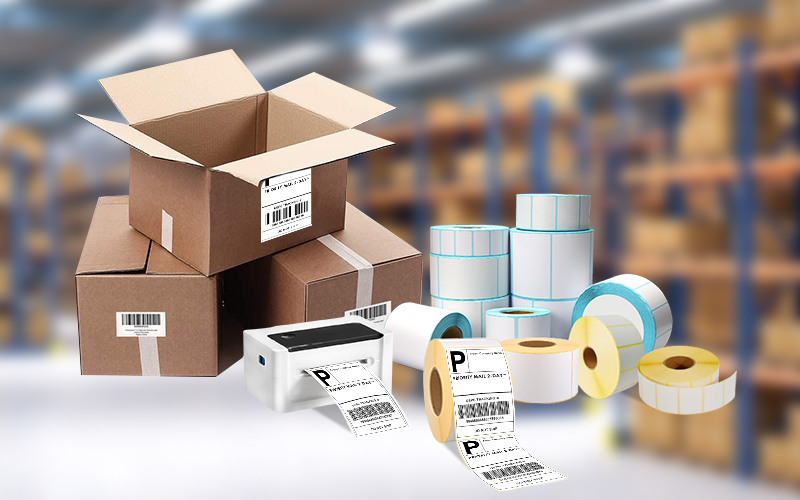
I. Understanding Thermal Labels
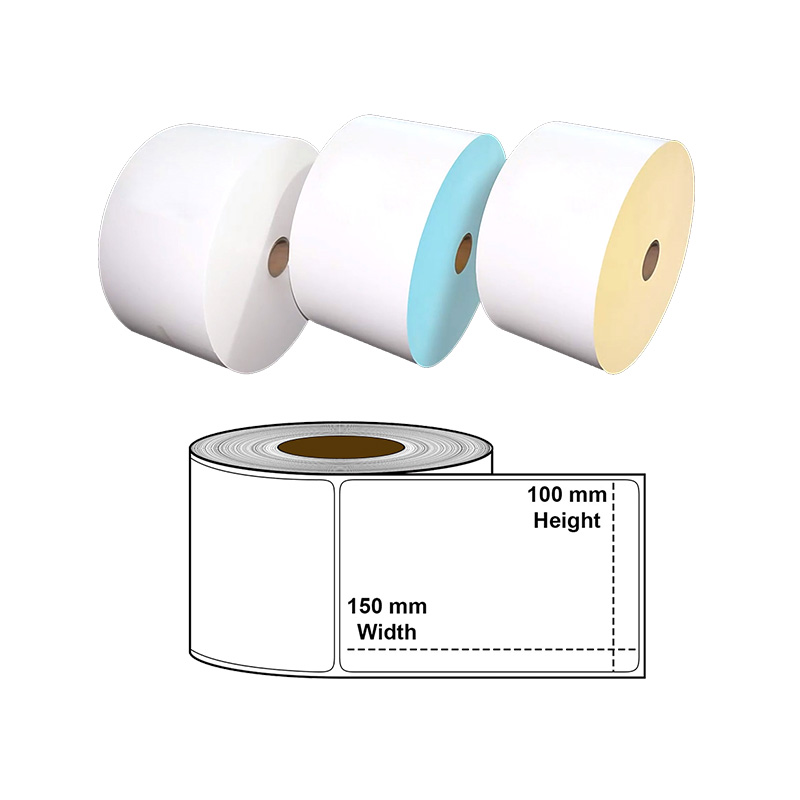
A. Definition and Components
Thermal labels are a type of label that utilizes heat to create images and text on the label surface. The key components of a thermal label include the facestock, adhesive, and thermal coating. The facestock is the material on which the printing occurs, while the adhesive is responsible for adhering the label to various surfaces. The thermal coating is a special layer that reacts to heat, producing the desired image or text.
B. Types of Thermal Labels
There are two main types of thermal labels: direct thermal labels and thermal transfer labels. Direct thermal labels use heat-sensitive paper or synthetic materials that react when exposed to heat, resulting in the creation of images or text. In contrast, thermal transfer labels use a thermal transfer ribbon that transfers ink onto the label's surface when heated.
C. Printing Methods for Thermal Labels
Printing on thermal labels can be accomplished through two primary methods: direct thermal printing and thermal transfer printing. Direct thermal printing involves applying heat directly to the thermal paper, activating the thermal coating and producing the desired printout. Thermal transfer printing, on the other hand, involves using a thermal transfer ribbon that melts ink onto the label surface when heated.
II. Advantages of Thermal Labels
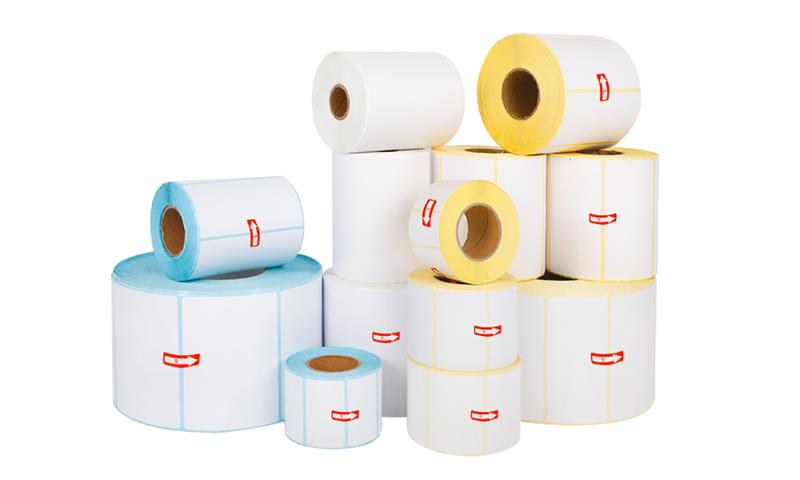
A. Cost-Effectiveness and Efficiency
One of the significant advantages of thermal labels is their cost-effectiveness. Since they do not require ink or toner cartridges, the ongoing operational costs are significantly reduced. Thermal labels also offer fast printing speeds, making them highly efficient for high-volume printing tasks. Additionally, they require minimal maintenance, resulting in further cost savings.
B. Durability and Longevity
Thermal labels are known for their durability and longevity. They are resistant to environmental factors such as heat, light, and moisture, making them suitable for various applications, including those that require long-term usage. Thermal labels are commonly used for shipping labels, barcode labels, product identification, and tracking.
C. Print Quality and Versatility
Thermal labels provide high-resolution printing, ensuring sharp and clear images and text. They offer excellent barcode print quality, which is crucial for accurate scanning and inventory management. Thermal labels also offer customization options, allowing businesses to incorporate branding elements, logos, and variable data printing. Furthermore, thermal labels are compatible with different printing technologies, including desktop printers, industrial printers, and mobile printers.
III. Applications of Thermal Labels
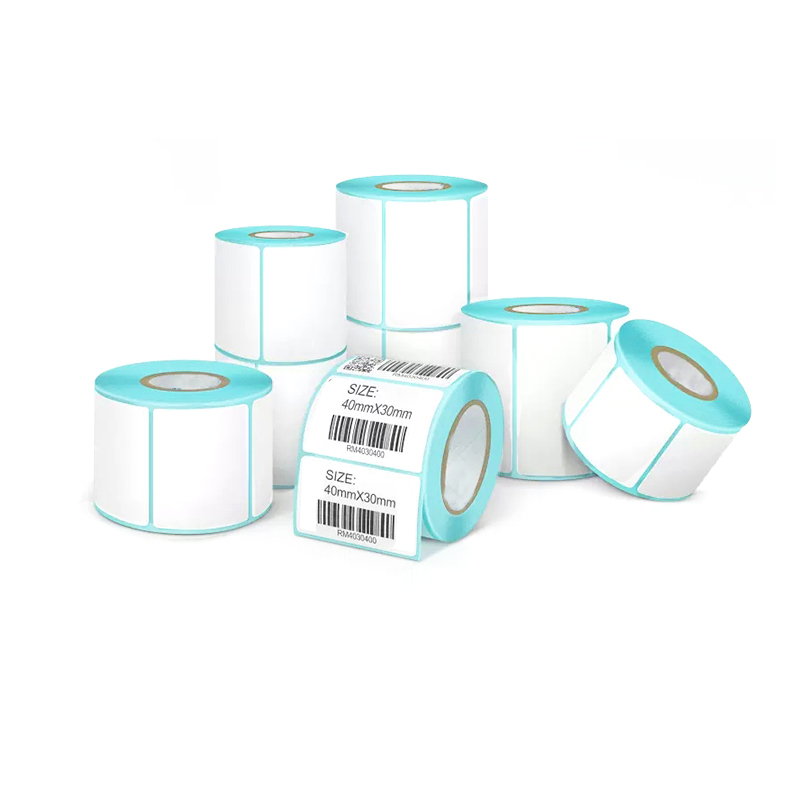
Thermal labels find applications across various industries due to their versatility and reliability.
A. Retail and Logistics
In the retail and logistics sectors, thermal labels are widely used for barcode labels, enabling efficient inventory management and tracking. They are also used for shipping labels, ensuring accurate and traceable shipment information. Additionally, thermal labels find application in price tags and receipts, providing crucial information to customers.
B. Healthcare and Pharmaceuticals
Thermal labels play a critical role in the healthcare and pharmaceutical industries. They are used for prescription labels, ensuring accurate medication information and patient safety. Laboratory sample labels enable proper tracking and identification of samples. Patient identification wristbands are also commonly printed using thermal labels to ensure accurate patient identification and enhance patient safety.
C. Manufacturing and Industrial Sector
In the manufacturing and industrial sectors, thermal labels are used for asset tracking, allowing businesses to keep track of equipment, tools, and inventory. They are also used for safety and warning labels, ensuring compliance with regulations and enhancing workplace safety. Thermal labels find applications in quality control, enabling efficient identification and tracking of products throughout the manufacturing process.
D. Food and Beverage Industry
In the food and beverage industry, thermal labels are extensively used for product labeling and packaging. They provide information such as product names, ingredients, nutritional facts, and barcodes. Thermal labels are also used for expiration date labels, ensuring food safety and quality control. Additionally, they enable compliance with labeling regulations and facilitate efficient inventory management.
E. Hospitality and Events
Thermal labels find applications in the hospitality and events industry for various purposes. Luggage tags printed with thermal labels ensure proper identification and tracking of baggage. Event tickets and wristbands printed with thermal labels enhance security and streamline access control. Visitor passes and badges are also commonly printed using thermal labels for efficient identification and management.
F. Government and Public Sector
The government and public sector utilize thermal labels for identification cards, driver's licenses, and permits. These labels incorporate security features and variable data printing to ensure authenticity and prevent counterfeiting. Thermal labels are also used for parking permits, asset management, and inventory control in government institutions.
IV. The Future of Thermal Labels
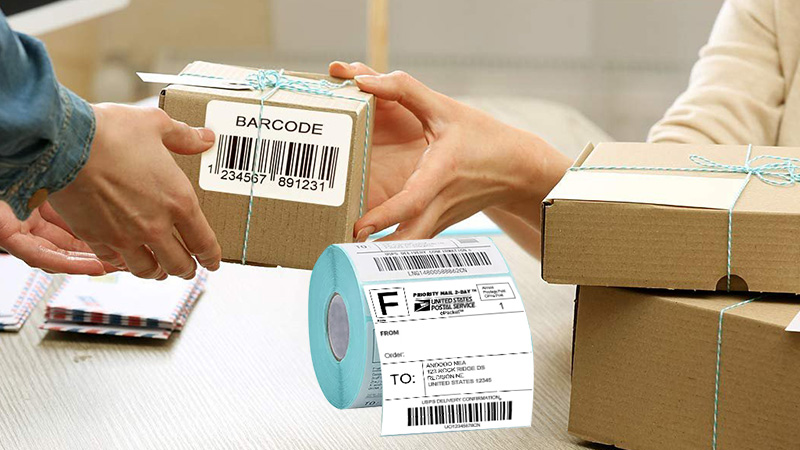
A. Technological Advancements
The future of thermal labels holds exciting possibilities in terms of technological advancements. Enhanced printing capabilities, including higher resolution and color printing options, will further improve print quality and versatility. Integration with Internet of Things (IoT) devices will enable real-time tracking and monitoring of labeled items. RFID technology integration in thermal labels will enhance inventory management and automation.
B. Sustainable Labeling Solutions
As environmental concerns continue to grow, the development of eco-friendly facestocks and adhesives for thermal labels is expected to rise. Recycling and waste reduction initiatives will be implemented to reduce the environmental impact of label production and disposal. Thermal labels themselves have inherent environmental benefits as they eliminate the need for ink or toner cartridges, reducing waste generation.
C. Emerging Trends and Innovations
Thermal labels will likely witness the emergence of new trends and innovations. Smart labels with embedded sensors will provide real-time data such as temperature, humidity, or location, enhancing supply chain visibility. NFC-enabled labels will enable interactive experiences by allowing users to access additional information or perform actions with their smartphones. Augmented reality (AR) integration in labels will offer immersive and engaging experiences for customers.

Thermal labels have revolutionized the labeling industry with their cost-effectiveness, durability, high-quality printing, and versatility. From retail and logistics to healthcare and manufacturing, thermal labels find applications across diverse sectors. The future of thermal labels holds promise with technological advancements, sustainable labeling solutions, and innovative features. Embracing thermal labels not only streamlines operations and enhances efficiency but also contributes to a more sustainable and interconnected world. As industries continue to evolve, it is essential to stay updated on emerging trends and innovations in the thermal labeling industry to harness the full potential of this remarkable technology.
Post time: Jul-10-2023








